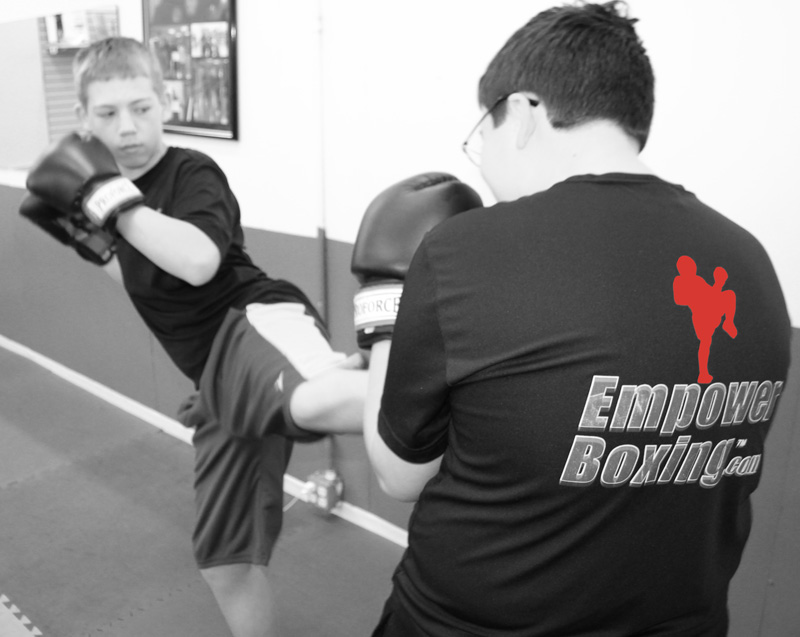1. The program is front loaded.
It has far more requirements in the early ranks than in the advanced ranks. Typically, this overwhelms white belts and bores brown and black belts. This is a classic pyramid curriculum, as you can see in figure 2. The majority of the material is at the lower levels, and it tapers off as the student moves up in rank. We prefer to see more of an even column, as illustrated in figure 2. This lessens the amount of material required for the new student, which means they will have more time to improve on fewer techniques.
This gives the student a higher sense of competence, and competence leads to confidence. When someone feels they are “getting it” in the early stages, they develop a momentum that keeps them coming to class. When they feel they are not “getting it” or not very good at it, they find excuses not to continue. Have you ever had a student drop out and tell you that he or she is too much of a perfectionist to continue? This is a student who takes pride in doing things right, but your recipe made it too hard, so they quit.
2. The focus is almost 100-percent traditional material.
Traditional material is not immediately practical enough to hold the interest of the modern student. I like to give students, especially new students, material they feel they can use right away. When a new student joins your school to learn self defense, and in the first class you spend most of the time on front stance, down block, and horse stance punching, that student may not see the instant value they were looking for. The sooner the student feels they have something they can use, the sooner he or she feels value in the effort. Too often, we start with techniques that are theory-based rather than reality-based. We end up saying things like, “You would never really block this way, but…”
3. People like to do what they are good at, and traditional martial arts are hard to learn.
This is not to say you should drop your traditional material, but rather rework the recipe.
4. There are far more forms than necessary.
Remember, it was not uncommon for a traditional instructor in the East to teach only one form. Everything in class was built around that form. This curriculum requires 17 forms for black belt. Some ranks required three forms. That is simply too much for the average student to master. Three forms in one belt cycle is not reasonable or productive.
These adjustments aim to enhance the learning experience by making training more accessible, engaging, and relevant to students' goals and expectations. Balancing tradition with practicality and adjusting the pacing of curriculum delivery can help maintain student interest and improve retention rates.

